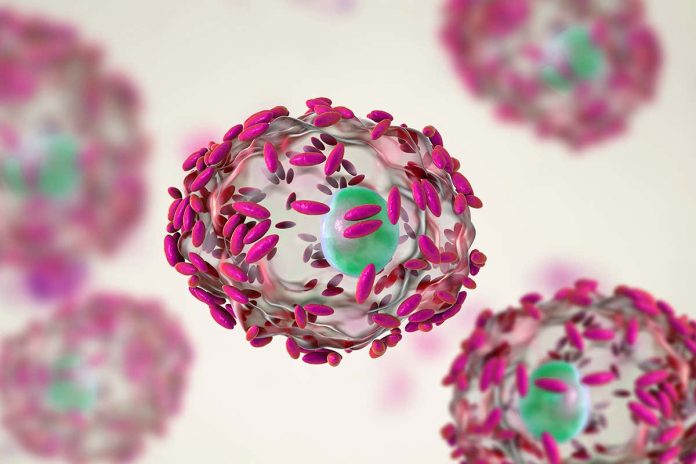
KATERYNA KON/SCIENCE PHOTO LIBRARY
Women with a certain mix of bacteria in their vaginas may be at a much greater risk of contracting HIV because the bacteria consume drugs that prevent infection with the virus.
Oral pre-exposure prophylactic (PrEP) drugs are 90 per cent effective in preventing HIV infections in men who have sex with men. But the efficacy of PrEP drugs drops to 50 per cent or lower in women, regardless of whether they are taken orally or vaginally – and researchers lack a full explanation for why this is the case.
Nichole Klatt at the University of Minnesota and her colleagues suspect part of the reason might be the vaginal microbiome. In many cases, the vaginal microbiome is dominated by Lactobacillus bacteria, which help maintain a protective mucous layer that reduces the risk of inflammation and infection. If Lactobacillus numbers drop, a diverse bacterial community, including species like Gardnerella vaginalis, takes over – and women can be left more susceptible to sexually transmitted infections.
Advertisement
Klatt’s team ran a series of studies to see what happens when three HIV prevention drugs are cultured with microbes taken from different vaginal microbiomes, some Lactoballicus-dominated and some more diverse. Two drugs – tenofovir and dapivirine – soon began to disappear from the diverse cultures. After 24 hours, the Lactoballicus-dominated cultures had double the level of the HIV prevention drugs seen in the diverse cultures, says Klatt.
Further analysis suggested why. Anaerobic bacteria such as G. vaginalis appear to metabolise – essentially, eat – the drugs. In the real world, they may do this before the drugs can reach the vaginal cells they are supposed to protect. This would help explain why the drugs are less effective in some women, says Klatt.
The third drug experienced a different fate. Tenofovir alafenamide – which is primarily for the treatment of hepatitis B and is only licensed as an HIV treatment for certain at-risk groups – didn’t seem affected by the diverse cultures, maintaining the same volumes in both kinds of samples, she says.
The study exposes important gaps in women’s health research that are directly affecting the approximately 1 million women acquiring HIV every year, says Klatt.
Journal reference: PLoS Pathogens, DOI: 10.1371/journal.ppat.1009024
More on these topics:











